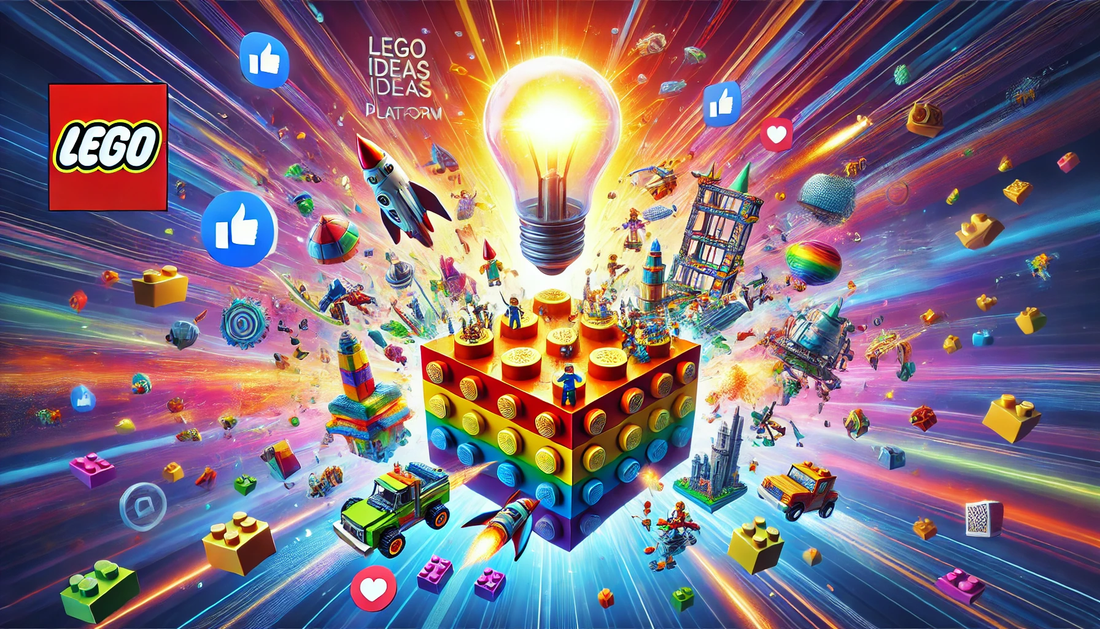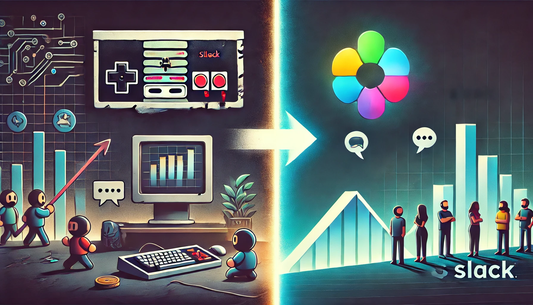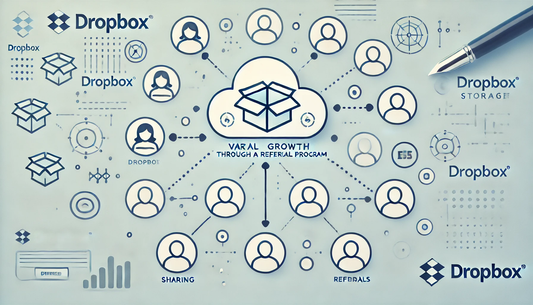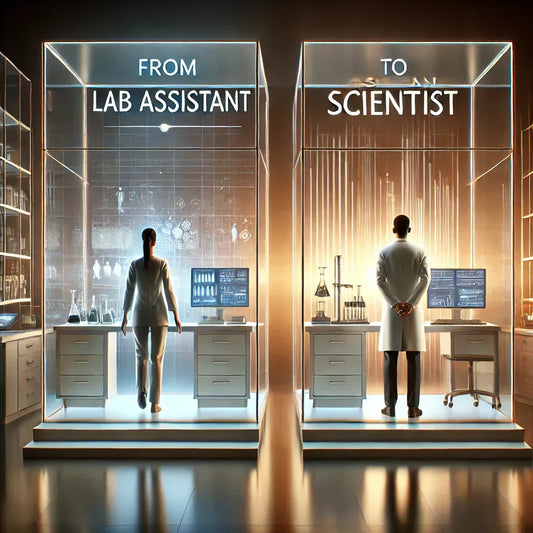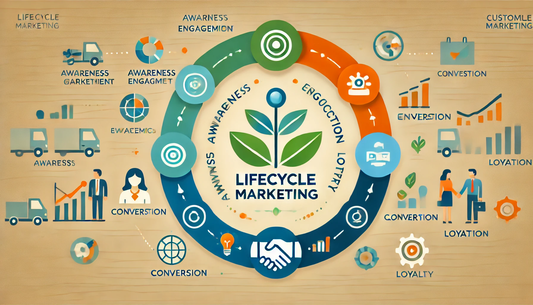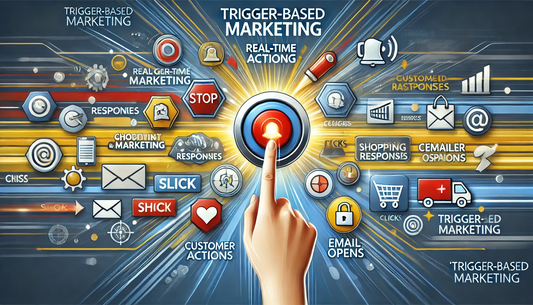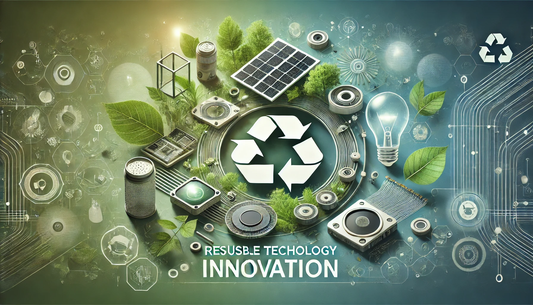LEGO has long been a global leader in the world of creativity, but its secret weapon isn’t just its iconic bricks—it's the power of user-generated content (UGC). 🧱 From fans to creators, LEGO turned their community into co-creators with the revolutionary LEGO Ideas platform.
This platform has taken fan engagement to new heights, and it’s all thanks to leveraging the creativity of everyday LEGO lovers. Let’s explore how this simple yet brilliant concept revolutionized the brand. 🚀
Started back in 2008 as LEGO CUUSOO and rebranded in 2014 as LEGO Ideas, this platform allows users to submit their own LEGO set designs. If an idea gets 10,000 votes, LEGO reviews it for potential production, turning fan ideas into reality! 🎉
Successful designs are transformed into official products, with the creator even earning a 1% royalty on sales. 💰 Sets like the LEGO Saturn V and LEGO Friends Central Perk came from the creativity of everyday LEGO enthusiasts.
Why LEGO Ideas Works: The Magic of User-Generated Content
LEGO Ideas isn’t just another marketing gimmick—it's a fantastic strategy that brings a whole new level of innovation and engagement. Let’s dive into why it works so well and how LEGO uses UGC to fuel their success. 🔑
- Community-Driven Innovation: By allowing fans to share their ideas, LEGO ensures the products they create truly resonate with what customers want. 🧑🤝🧑
- Low-Risk Product Development: The 10,000-vote threshold helps LEGO gauge real demand before they invest in production, minimizing financial risk. 💸
- Fan Loyalty: The co-creation process boosts brand loyalty, as fans are more likely to advocate for a brand that values their input. 🏅
Key Takeaways for Startups: Apply LEGO's Genius to Your Brand
Startups, take notes! You don’t need to be a giant like LEGO to successfully use UGC for growth. Here are some actionable tips to get you started. 📈
1. Build a Community Before a Product
Before launching the Ideas platform, LEGO focused on creating a strong community. They built connections with fans through forums, social media, and other interactions to understand their interests. 💬 This helped ensure that their product offerings were already aligned with customer demand. Building your own community foundation makes crowdsourcing ideas way easier down the road. 🏗️
2. Incentivize Participation
What made LEGO Ideas so compelling? Rewards! 🎁 LEGO gives creators 1% of the royalties from successful sets. While you might not be able to offer money, perks like exclusive access, early product releases, or public shout-outs can also inspire contributions. 🌟
3. Use UGC to Validate Product Ideas
Before diving into production, LEGO validates ideas through community engagement. You can do the same by using UGC to test ideas through surveys, polls, or competitions. 🔍
Ask your audience for feedback and suggestions to ensure you’re developing something people actually want! This saves you time and money while ensuring your product fits your audience’s needs. 🏆
4. Make It Easy and Fun
Let’s face it—people love to participate in fun and easy challenges. LEGO Ideas works because the submission process is simple, and the platform is gamified. 🚀 Consider adding leaderboards, badges, or sharing features to keep users motivated and engaged. Gamifying the experience creates excitement and encourages consistent participation. 🏅
5. Showcase User Contributions
When users see that their efforts are acknowledged, they’re more likely to keep contributing. LEGO does this beautifully by showcasing fan designs and ideas. 🎨 Feature top submissions on your website, social media, or newsletters. This recognition boosts credibility while encouraging more people to submit their ideas. 💌
6. Embrace Feedback and Iterate
UGC isn’t just about getting ideas; it’s about fostering an ongoing dialogue with your community. LEGO listens to feedback, interacts with users, and iterates based on their input. This creates a deeper, more loyal connection with the audience. 💬
Startups should actively engage with contributors, ask for their input, and continuously improve based on that feedback. It can lead to exciting innovations you might not have thought of! 🔥
Scaling UGC for Your Startup: Don’t Get Overwhelmed!
Scaling a UGC strategy can seem daunting, especially when you’re just starting. Don’t worry—here’s how to scale effectively without getting overwhelmed. 🏃♀️
1. Start Small, Think Big
Start with something simple like a social media campaign or even a suggestion box. 🗳️ You don’t need a huge platform right away. Use the tools and channels you already have to engage your audience. As your community grows, you can invest in more sophisticated tools and platforms for managing UGC. 🌱
2. Leverage Existing Platforms
If building a dedicated platform sounds too complex, use what’s available. Platforms like Instagram, Reddit, or Discord are great places to engage your community and host contests or discussions. 🏆 These platforms provide an easy, no-cost option to get started before you consider custom solutions. 🧩
3. Automate Where Possible
Managing a UGC platform can be time-consuming. Use automation tools to help with moderation, notifications, and other tasks. 🕹️ By setting up bots or automated systems, you can focus on more important aspects of community engagement, like responding to feedback and shaping strategies. 💡
Potential Pitfalls to Avoid
While UGC is a powerful tool, there are some common pitfalls to watch out for. Let’s take a look at what not to do. 🧐
1. Lack of Clear Guidelines
If there are no clear submission rules, things can get chaotic. 🎲 Establish clear guidelines for what’s acceptable, and ensure the selection process is transparent. Clear expectations help keep submissions organized and ensure that your audience knows what to expect. 📊
2. Ignoring Contributors
Ignoring your contributors is a surefire way to demotivate them. 😡 Respond to their submissions, provide updates on the status of their ideas, and show them their contributions are valued. Even if an idea isn’t feasible, thank them for their effort. Recognition goes a long way in keeping your community engaged! 🙏
3. Not Following Through
Launching a UGC campaign and not acting on submissions can erode trust. If you’re asking for ideas, make sure you have the resources to review and act on them. 📝 Communicate any delays transparently and keep your community in the loop. This shows respect and builds long-term trust. 💖
Conclusion: Turning UGC into a Strategic Asset
LEGO’s success with the Ideas platform proves that UGC, when executed well, can be a game-changer. 🎮 By giving fans the power to co-create, LEGO has fostered a deeper connection with its audience, resulting in innovative products and an even more loyal fanbase. 🏆
Your startup can achieve similar success by embracing the principles of community-building, incentivizing participation, and using UGC to drive innovation. 💡 Start small, learn from your community, and scale as you grow. If you nurture your audience’s creativity, you may just find the next big idea waiting to be discovered! 🚀

